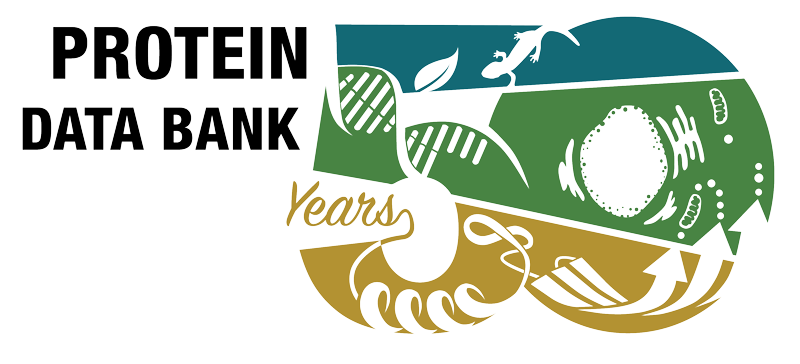Abstract
Suramin, a synthetic polysulfonated compound, developed initially for the treatment of African trypanosomiasis and onchocerciasis, is currently used for the treatment of several medically relevant disorders. Suramin, heparin, and other polyanions inhibit the myotoxic activity of Lys49 phospholipase A2 analogues both in vitro and in vivo, and are thus of potential importance as therapeutic agents in the treatment of viperid snake bites. Due to its conformational flexibility around the single bonds that link the central phenyl rings to the secondary amide backbone, the symmetrical suramin molecule binds by an induced-fit mechanism complementing the hydrophobic surfaces of the dimer and adopts a novel conformation that lacks C2 symmetry in the dimeric crystal structure of the suramin-Bothrops asper myotoxin II complex. The simultaneous binding of suramin at the surfaces of the two monomers partially restricts access to the nominal active sites and significantly changes the overall charge of the interfacial recognition face of the protein, resulting in the inhibition of myotoxicity.



 PMID:
PMID: 